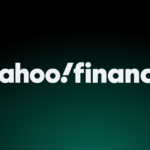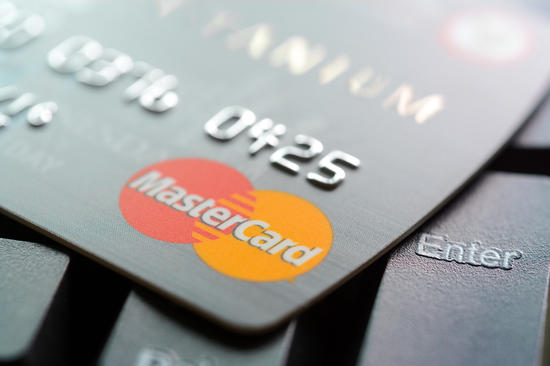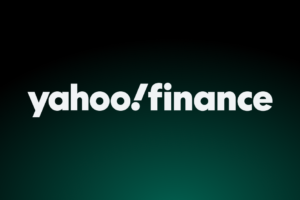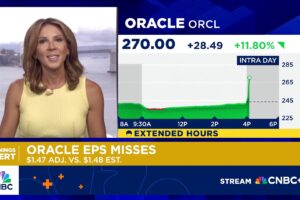
Mastercard (NYSE:MA) is the second-biggest payment processing company in the U.S., just behind its rival Visa (NYSE:V). During the past four quarters, it processed 8.2 trillion transactions. That number is expected to grow in the coming years as the world moves towards a cashless society.
Mastercard has been at the forefront of this transition, and it’s not slowing down just because it’s no longer a startup. For example, it’s been partnering with Alphabet’s (GOOG)(GOOGL) Google to introduce the Google Wallet in different regions.
Considering its current market dominance and the potential for growth in other areas, Mastercard will likely continue to do well in my opinion. Although there are several fintech disruptors aiming to take its place, Mastercard is holding its own and is still minting money. The company has shown resilience and an ability to change, which bodes well for its long-term prospects. While there is always the risk of new entrants into the market, Mastercard has established itself as a leader and is well-positioned to weather any storms that may come its way.
Moving to a cashless world
Mastercard recently inked an agreement with Sabre Corp. (NASDAQ:SABR) and Conferma Pay which involves Mastercard making a minority investment in Conferma. By partnering with Mastercard, Sabre can improve its virtual card offerings and expand its geographic reach. This also expands the customer base for both companies.
Grand View Research estimates that the global virtual card market could be worth over $11 billion in 2021, and it’s expected to grow by 20.7% every year until 2030. Travel spending of $260 billion in a year is managed by Sabre, which has customers in 160 countries and has a network of more than 700 companies, worldwide distribution systems and online booking platforms. With this partnership, Mastercard can access all of that, which will generate growth for its Digital First program.
Google alliance and its implications
Mastercard holders of accounts in the CIMB Bank Berhad and Hong Leong Bank Berhad in Malaysia will now be able to utilize Googe Wallet due to an agreement signed between it and Google in early November. Mastercard’s decision needs to be seen in the context of its overall goal to become a leader in digital payments. The e-Conomy SEA 2022 report shows that the gross value of these transactions is projected to rise to $200 billion by 2025.
Many people in the region are buying goods and paying for services online due to increased smartphone access. This move will allow Mastercard to tap into this growing market and provide its customers with more convenient and secure payment options. In addition, this partnership will help to further establish Mastercard as a leading player in the global payments industry. This is a great step forward for Mastercard, which has also introduced Google Wallet in South Africa.
Mastercard’s financial results continue to impress
In the third quarter, Mastercard’s net revenue jumped 15% from the year-ago period to $5.8 billion due to resilient consumer spending. This demonstrates both the increase in cashless transactions and the business model’s built-in inflation protection. Cross-border volume increased by 41% to $1.8 billion, and the cross-border volume fee went up by 57% as international travel has started to return to normal levels. Mastercard had previously been experiencing a decline in revenue due to limited international travel. However, as more people have already caught Covid, the payment-processing corporation expects international travel to return to its pre-pandemic levels slowly.
Mastercard’s operating expenses rose by 17%, including personnel, acquisition, advertisement and other investments. However, the figure is not discouraging as adjusted earnings per share jumped by 22% year over year to $2.68, surpassing Wall Street expectations. The company’s free cash was $3.579 billion, and comparing it to the current debt at only $957 million, we can see the balance sheet is strong. Mastercard paid $120 million in interest expenses in the quarter, which is not a big deal considering the company’s bottom line.
Mastercard paid $474 million in dividends in the third quarter and has a forward dividend yield of 0.57%. While not much, it’s better than nothing. Furthermore, in the third quarter, the company repurchased $1.6 billion worth of shares and made an additional repurchase of $505 million worth of shares throughout October. The three-year average share buyback ratio is 1.7%.
Takeaway
Mastercard is a company that always done well even in recessions due to how lucrative its business model is. The company may be old, but it is aggressively expanding geographically and adding new services to try and stay ahead of its competitors. The stock has been a long-term money minter for investors, and I don’t think that’s likely to change any time soon.
The global payments industry is vast and continually growing as the world economy expands and developing countries begin to go cashless. Mastercard is positioned to benefit greatly as people become more comfortable with using digital payment methods.
This article first appeared on GuruFocus.









